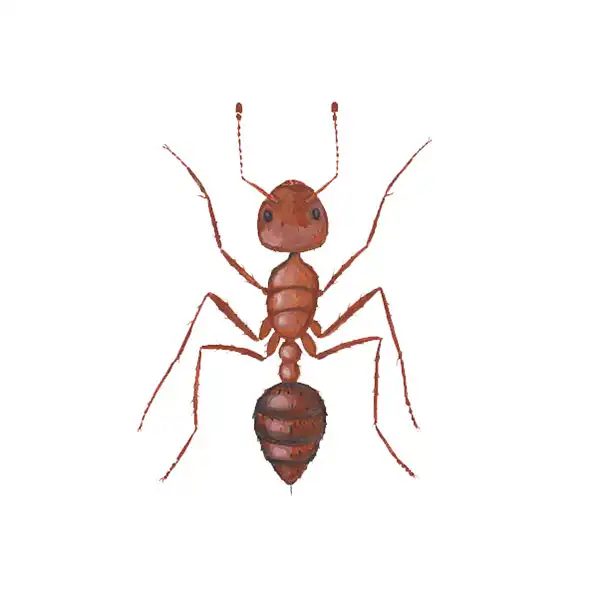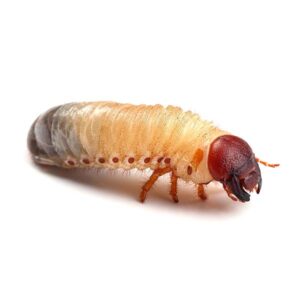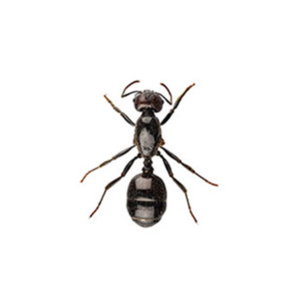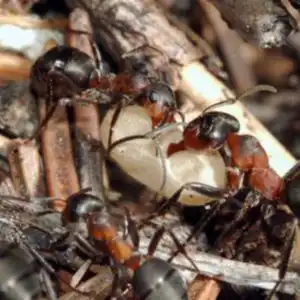Fire Ants in Jacksonville FL
Fire ants get their name from their extremely painful sting and bite. One fire ant can sting and bite its victim repeatedly. These ants build mounds, and when a fire ant mound is disrupted, workers make their way to the surface to attack the intruder. Attacks by fire ants are coordinated as hundreds of workers sting at the same time. Feeding on almost any plant or animal material, fire ants also feed on other insects. Additionally, fire ants are attracted to electricity and have been known to destroy anything from AC units and water well equipment to outdoor lighting, creating a fire hazard.
Fire Ant Habitat
Attracted to moisture, fire ants nest near rivers, well-watered lawns, and potted plants. Fire ants build mounds that help to regulate temperature and moisture conditions in the colony. Mounds act as an above-ground nursery and provide excellent temperature and moisture conditions. Undisturbed fire ant mounds are frequently located in sunny open areas, such as pastures, parks, lawns, and fields. Omnivores, fire ants will feed on both plant and animal resources. When foraging for food, aggressive fire ants gain access to homes through cracks, crevices, gaps under doors, windows, or walls.
Fire Ant Behaviors, Threats, or Dangers
The painful sting of a fire ant is a serious threat to humans and pets. Most venomous ants bite and then spray acid into the wound; fire ants bite and then use their stinger, located on their abdomen. For most people, the burning sensation goes away in a few minutes. However, hive-like bumps occur at the sting site within 30 minutes and pimples with yellow fluid occur within 24 hours after being stung. Large colonies can damage plants, lawns, and outdoor electrical fixtures. Due to the serious threat posed to people and their pets, if a mound is located, it is best to leave it alone and contact a professional ant exterminator.





